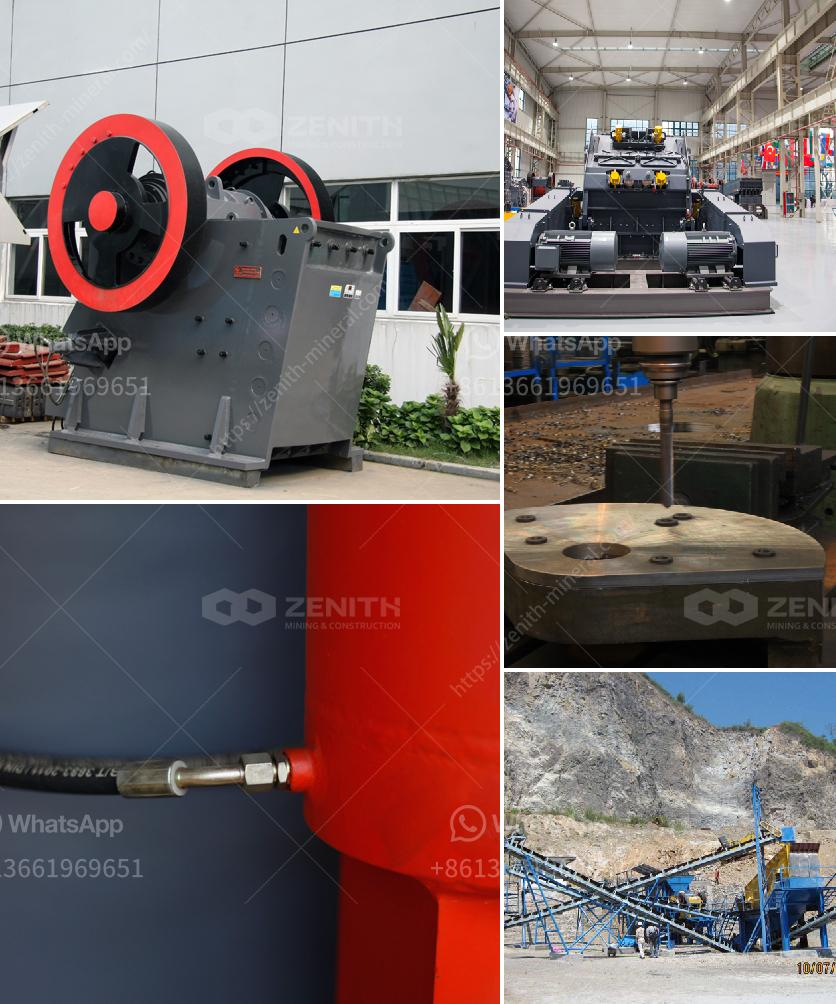A Vertical Shaft Impactor (VSI) crusher operates through a high-speed rotor with wear-resistant tips and a crushing chamber designed to 'throw' the stones against. Here is a breakdown of its working principle:
Feed Material: The raw material is fed through a central feed tube, which is extended vertically from the top of the crusher.
Rotational Speed: The rotor, powered by an electric motor, spins at high speeds (typically between 800 and 1700 RPM).
Centrifugal Force: As the rotor spins, the material is flung outwards by the centrifugal force generated by the rotation.
Rock-on-Rock Crushing: The material is thrown against an outer impact surface, which may be lined with rock or metal wear-resistant coatings. This action breaks the material through the process of impact and attrition. Some VSI crushers employ an additional mechanism where material is impacted against other pieces of rock, leading to further breakage. This is often referred to as "rock-on-rock" crushing.
Discharge: After the material is sufficiently broken down, it falls through the bottom of the crusher and can be further processed by additional stages of crushing or screening.
VSI crushers are known for producing high-quality, well-shaped aggregates with a consistent grain size, which is highly desirable in the construction industry. They are widely used for producing sand and finely crushed material.
